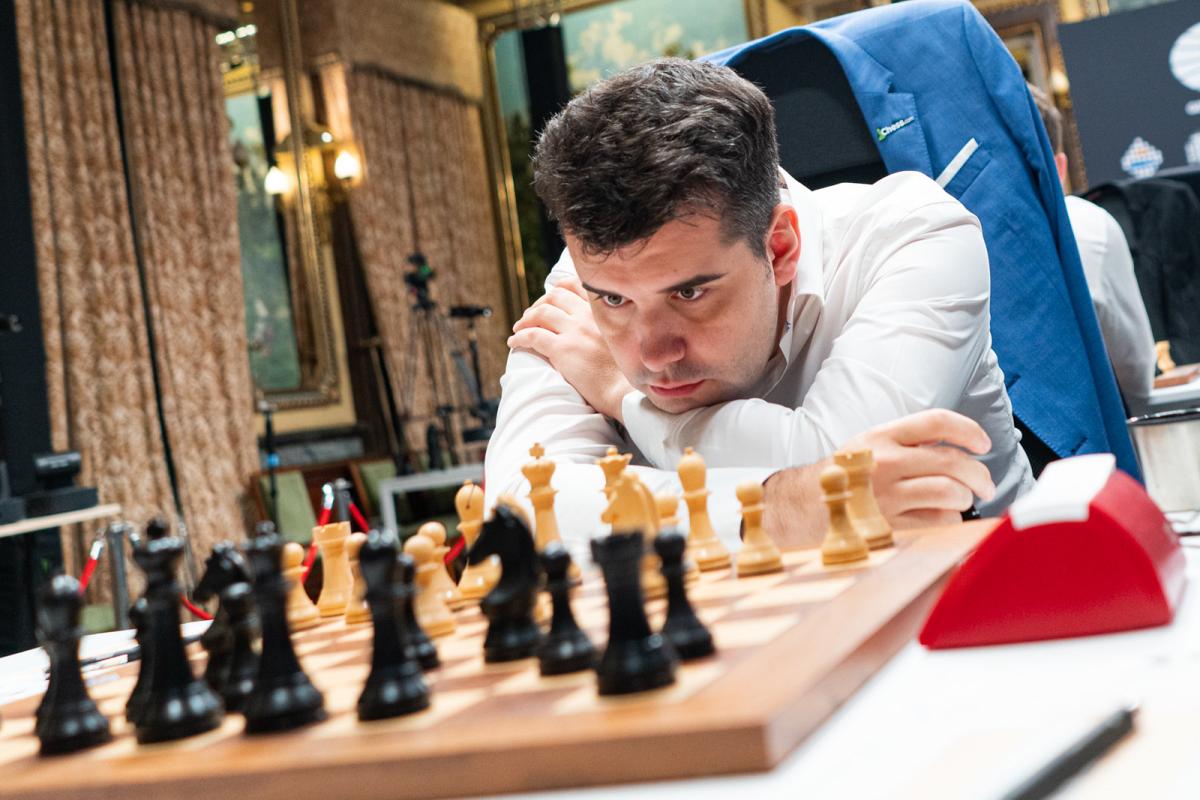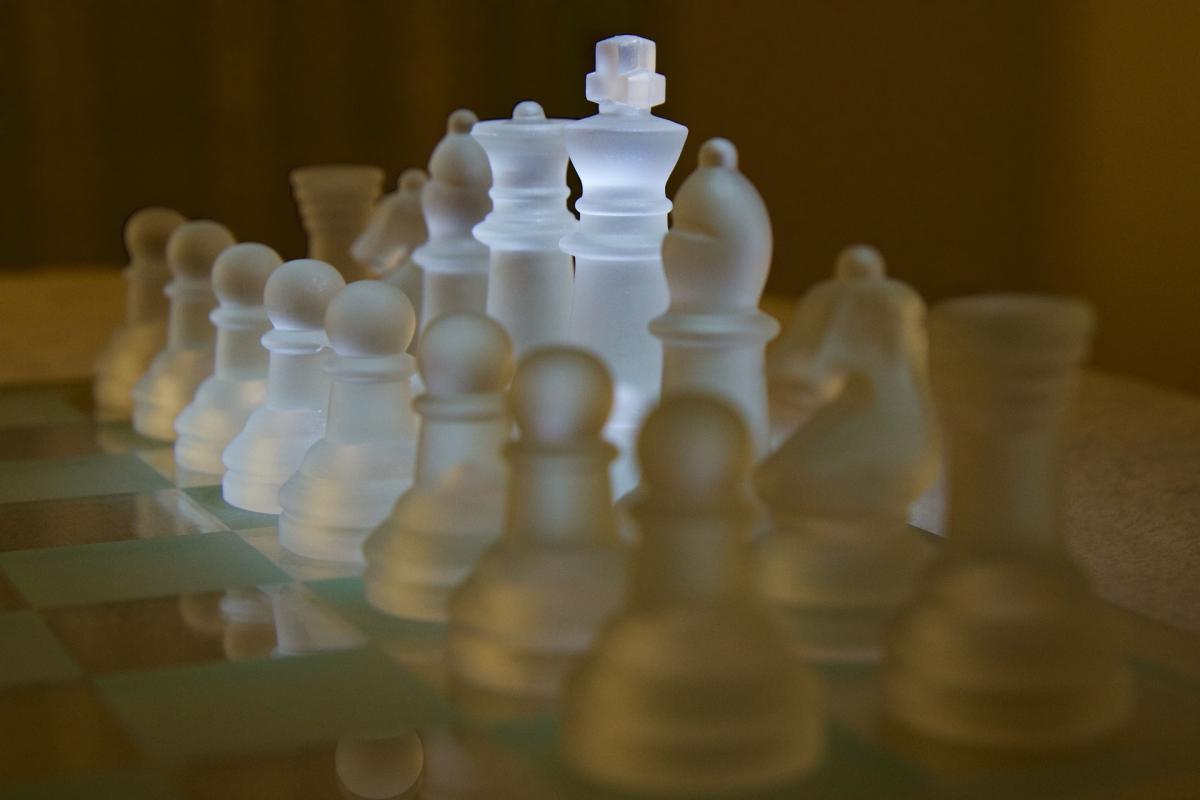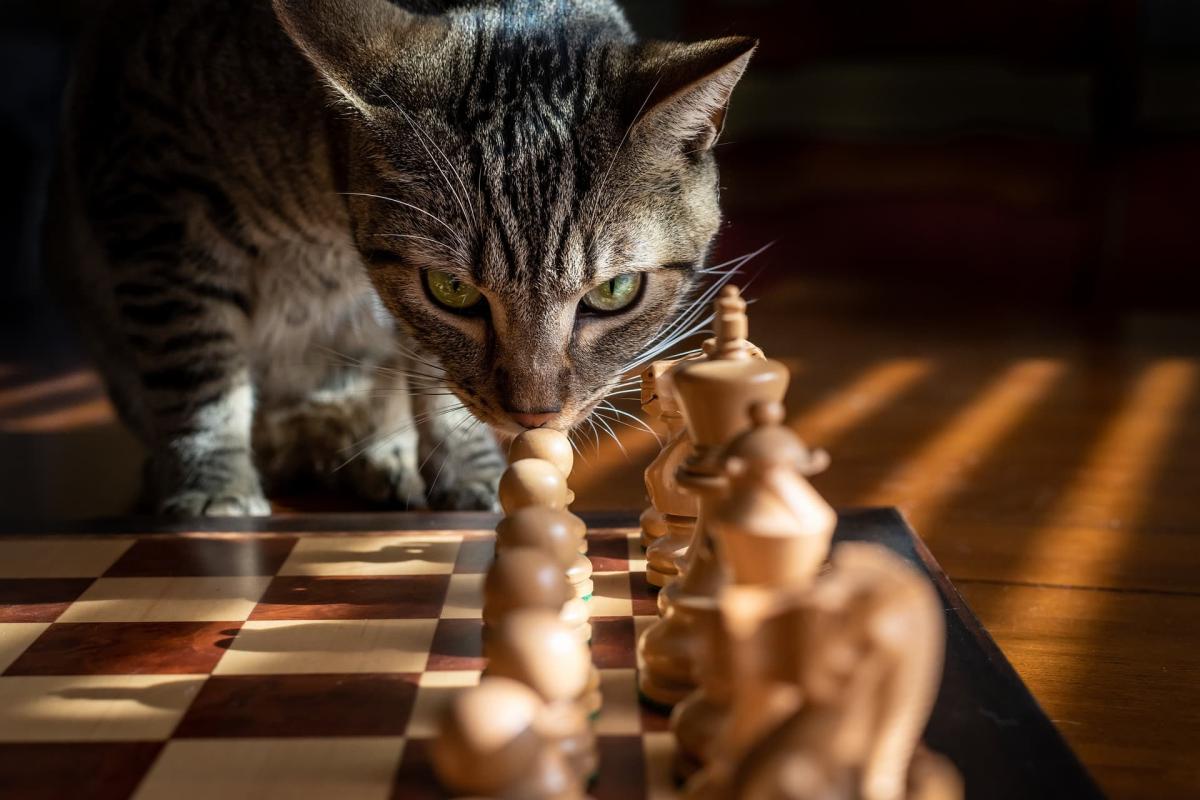Batteries in chess feature piece arrangements where two or more heavy hitters are on the same rank, file, or diagonal, setting up a significant threat on the other side of the board. It is a great way to set up an offense and an important threat to consider when you’re going up against it.
When multiple long-range pieces (bishops, rooks or a queen) are lined up behind one another, they form a potent force that is known as a battery.
They are often set up on half-open or fully open files, or, failing that, directly at valuable targets like pinned pieces or the enemy king itself.
To achieve maximum effect, the stronger piece tends to be on top of the battery, with a weaker one protecting it. For instance, lining up a bishop behind a queen can often threaten checkmate—while the possible attack is a lot less impressive if it’s the bishop that lands in the enemy position, with the queen relegated to protection duty.
One of the most famous batteries in chess is Alekhine’s gun: the queen and two rooks, the strongest pieces on the board, all lined up to face the same target. In general, the most powerful version of this configuration is where the queen is sandwiched between the two rooks. The threat is that the first rook crashes in and sacrifices itself for a breakthrough, with the queen then recapturing, still protected by the other rook.
Here’s what it looks like:

Rooks are important parts of most batteries in chess, and escorting them to the seventh rank to set up a “blind swine mate” or a similar attack is always a looming possibility in the middlegame and the endgame of a match.












Published: Nov 30, 2022 12:16 am